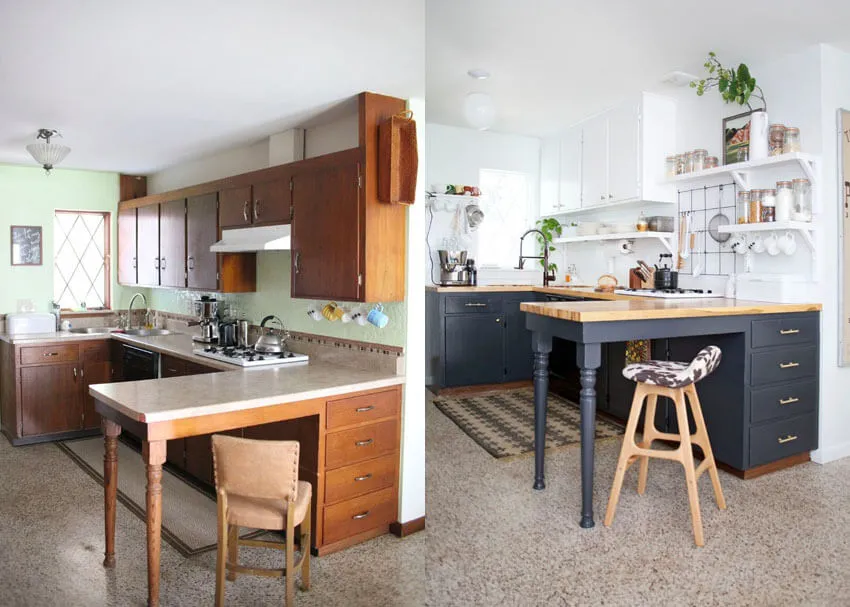Understanding the Kitchen Decor Ideas Transformation
Embarking on a kitchen decor transformation is an exciting journey that can significantly enhance both the aesthetics and functionality of your home. This process involves a series of thoughtful decisions, from initial planning and design to the selection of materials and the execution of the renovation. The ultimate goal is to create a space that reflects your personal style, meets your practical needs, and adds value to your property. The ‘before and after’ aspect is particularly rewarding, showcasing the dramatic changes and improvements achieved through careful planning and execution. Successful kitchen transformations often begin with a clear vision and a well-defined plan, ensuring that every detail contributes to the desired outcome, resulting in a kitchen that is both beautiful and efficient.
Assessing Your Current Kitchen
Before diving into new kitchen decor ideas, it’s crucial to conduct a thorough assessment of your current kitchen. This involves evaluating the existing layout, functionality, and overall condition. Start by examining the flow of the kitchen, noting any areas that feel cramped or inefficient. Consider how well the kitchen serves your daily cooking and living habits. Identify any structural issues, such as outdated wiring or plumbing problems, that need to be addressed. Evaluate the condition of your cabinets, countertops, flooring, and appliances. Make a list of what you like and dislike about your current kitchen, noting any specific features you want to change. This assessment will serve as a baseline for your transformation, helping you define your project’s scope and goals.
Identifying Your Needs and Goals
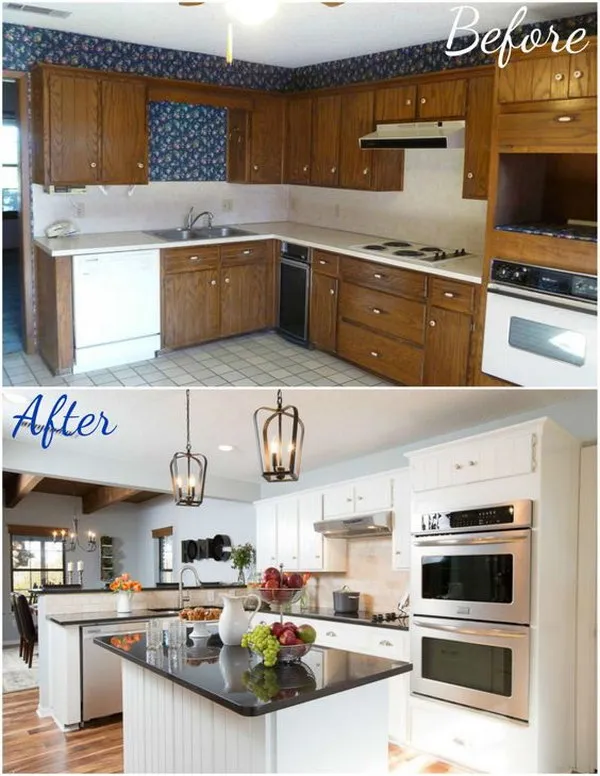
Once you’ve assessed your current kitchen, the next step is to identify your needs and goals for the transformation. What do you hope to achieve with your new kitchen? Do you need more storage space, improved workflow, or a more modern look? Consider your lifestyle and how you use your kitchen. Do you frequently entertain guests, or is it primarily used for family meals? Define your priorities – are you focused on functionality, aesthetics, or both? Setting clear goals early on will help guide your design choices and ensure that the final result meets your expectations. Think about your budget and the amount of time you’re willing to invest in the project. This clarity will help you make informed decisions throughout the planning process.
Planning Your Kitchen Makeover
With your needs and goals in mind, start planning your kitchen makeover. Begin by sketching out different layout options, considering the placement of appliances, countertops, and storage. Research different kitchen design styles and gather inspiration from magazines, websites, and design professionals. Create a mood board to visualize your ideas, including color schemes, materials, and finishes. Consider the size and shape of your kitchen, as well as the location of windows and doors. Planning is key to a successful transformation, so take your time and carefully consider every detail. Consult with a kitchen designer or contractor to get expert advice and ensure your plans are feasible. This phase lays the groundwork for a smooth and successful renovation.
Gathering Inspiration for Your Kitchen
Gathering inspiration is a crucial part of planning your kitchen decor transformation. Explore various sources to find ideas that resonate with your personal style and meet your practical needs. Browse home design magazines, websites, and social media platforms like Pinterest and Instagram. Create a digital or physical mood board to collect images of kitchens you admire, noting the elements you find appealing. Pay attention to different design styles, color palettes, and material combinations. Visit showrooms and open houses to see kitchens in person and get a feel for different layouts and finishes. Collect samples of countertops, flooring, and cabinet materials to help visualize your choices. Don’t be afraid to mix and match ideas to create a unique and personalized design that reflects your taste.
Exploring Design Styles for Kitchens
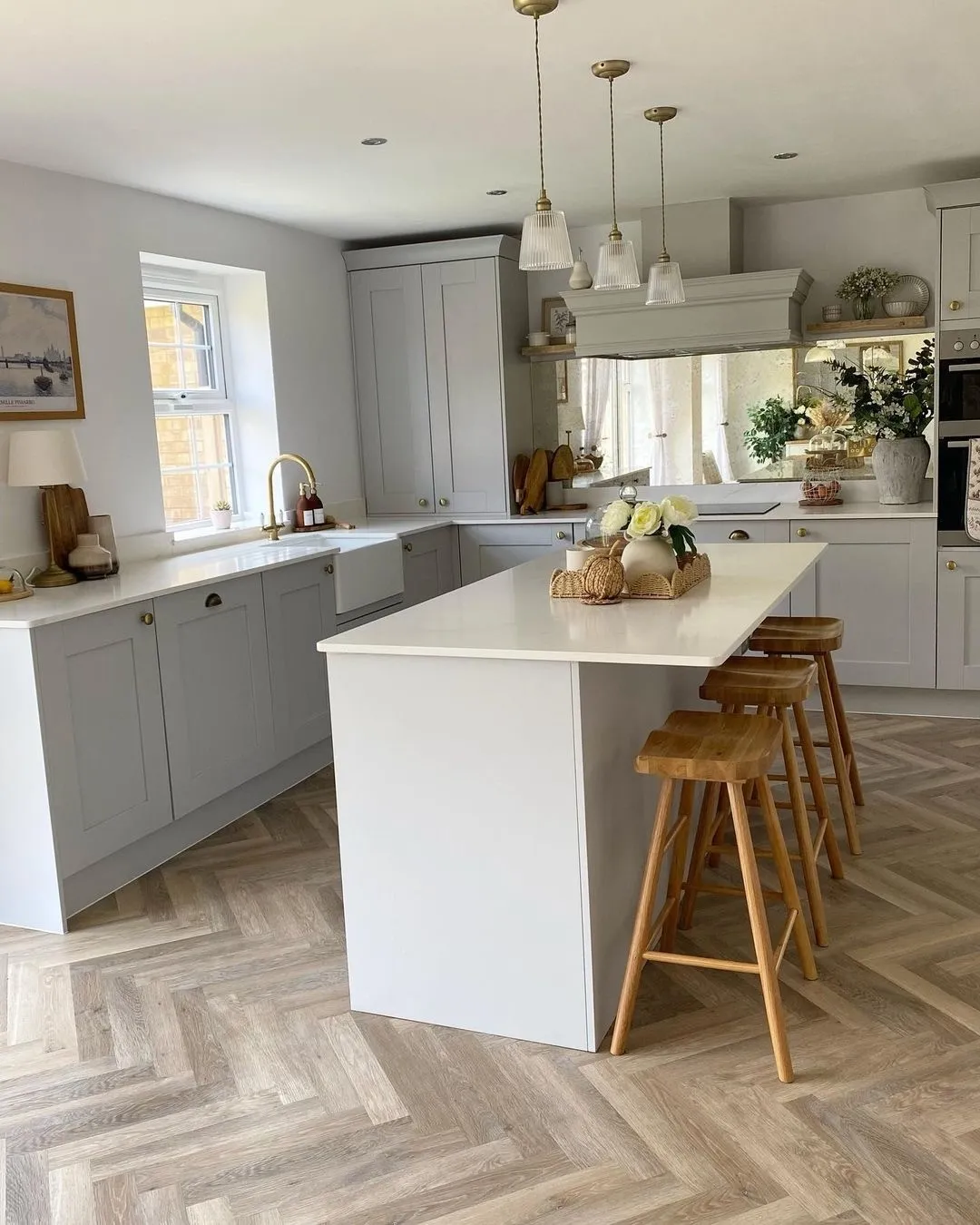
Exploring different design styles will help you define the overall aesthetic of your kitchen. Consider the following popular styles and determine which best suits your taste and home. Each style offers a unique blend of features and influences, impacting everything from cabinet design to the selection of finishes and accessories. Understanding these styles will guide your decisions, ensuring your kitchen reflects your personality and enhances your home’s overall appeal. It is also fine to mix styles to create your own personal aesthetic.
Modern Kitchen Designs
Modern kitchen designs are characterized by clean lines, minimalist aesthetics, and a focus on functionality. These kitchens often feature sleek cabinets with flat-panel doors, stainless steel appliances, and simple hardware. Color palettes tend to be neutral, with a focus on whites, grays, and blacks, often accented by pops of color. Modern kitchens often incorporate advanced technology, such as touchless faucets and smart appliances, enhancing convenience and efficiency. The overall look is uncluttered and streamlined, promoting a sense of spaciousness and contemporary elegance.
Traditional Kitchen Designs
Traditional kitchens evoke a sense of warmth and timeless elegance, often featuring ornate details and classic design elements. These kitchens typically include raised-panel cabinets, intricate moldings, and traditional hardware. Color palettes often incorporate warm tones, such as creams, beiges, and soft yellows, complemented by rich wood finishes. Traditional kitchens often feature details like crown molding, decorative range hoods, and pendant lighting. The goal is to create a welcoming and comfortable space with a touch of sophistication.
Contemporary Kitchen Designs
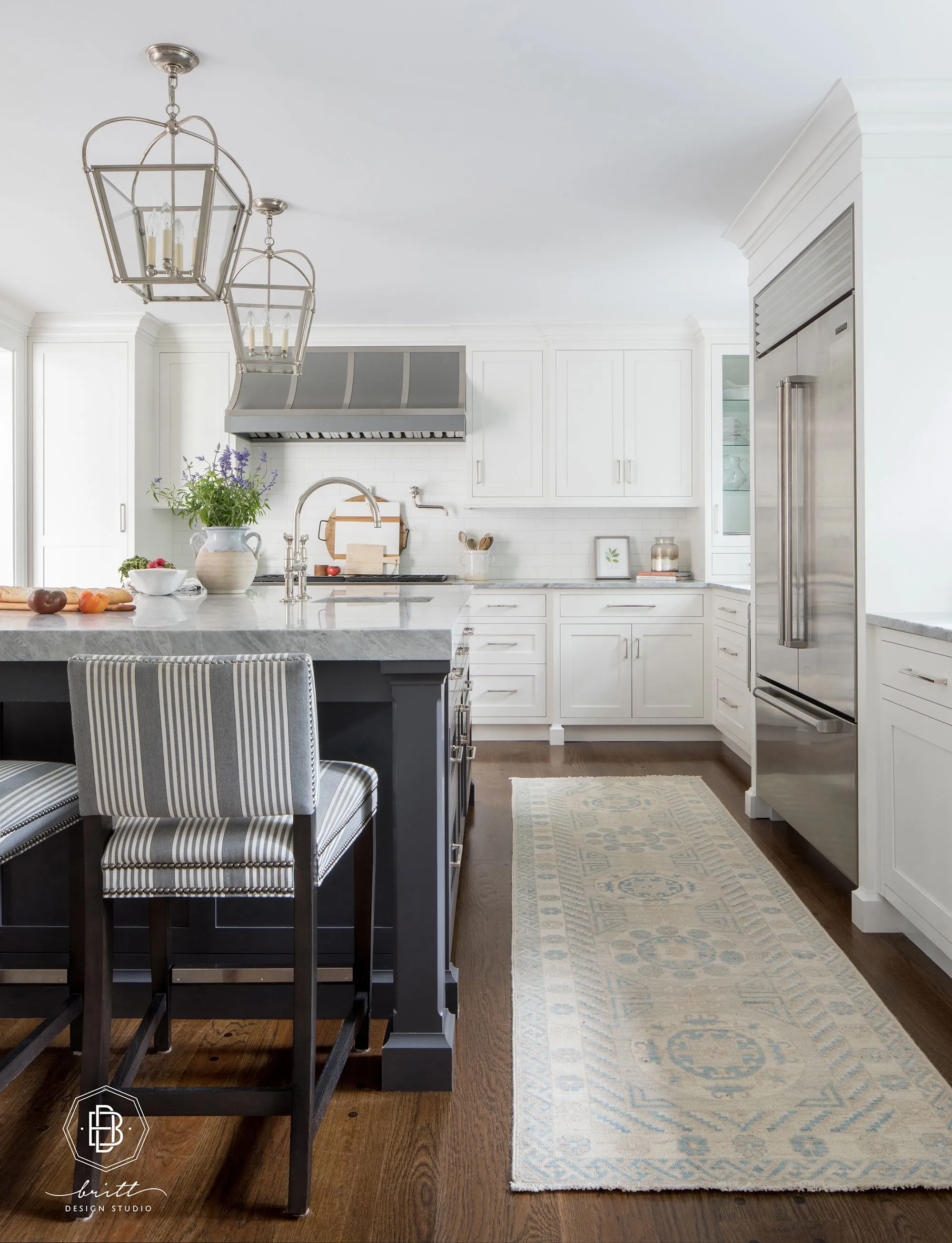
Contemporary kitchens are known for their innovative designs and cutting-edge features. They often incorporate a blend of modern and traditional elements, resulting in a unique and stylish space. Expect to see a mix of materials, bold color choices, and unique textures. Contemporary kitchens might feature open shelving, statement lighting fixtures, and artistic backsplashes. The overall design focuses on creating a visually striking and functional space that reflects current trends and design innovation. Contemporary kitchens prioritize the use of modern technology and unique design elements.
Choosing the Right Materials
Selecting the right materials is crucial for both the aesthetics and functionality of your kitchen. Consider the durability, maintenance requirements, and cost of each material. Research the best options for countertops, flooring, and cabinets, considering factors like water resistance, heat resistance, and scratch resistance. Choose materials that complement your design style and color scheme, creating a cohesive and visually appealing space. Samples are very helpful. Visit showrooms to see and touch materials in person. Review product specifications, warranty information, and customer reviews to ensure you make informed decisions. This process ensures your new kitchen is stylish, durable, and easy to maintain.
Selecting Countertops
Countertops are a key element in any kitchen design, influencing both appearance and functionality. Popular countertop materials include granite, quartz, marble, and solid-surface options. Granite offers natural beauty and durability, with a wide range of colors and patterns. Quartz is a manufactured material that is highly durable and low-maintenance. Marble provides a luxurious look but requires more care. Solid-surface countertops, such as Corian, are seamless and versatile. Consider your budget, lifestyle, and design preferences when making your choice. Think about the countertop’s resistance to heat, stains, and scratches. Choose a material that enhances your kitchen’s overall aesthetic and withstands daily use. It is a balance between beauty and practicality.
Choosing Flooring
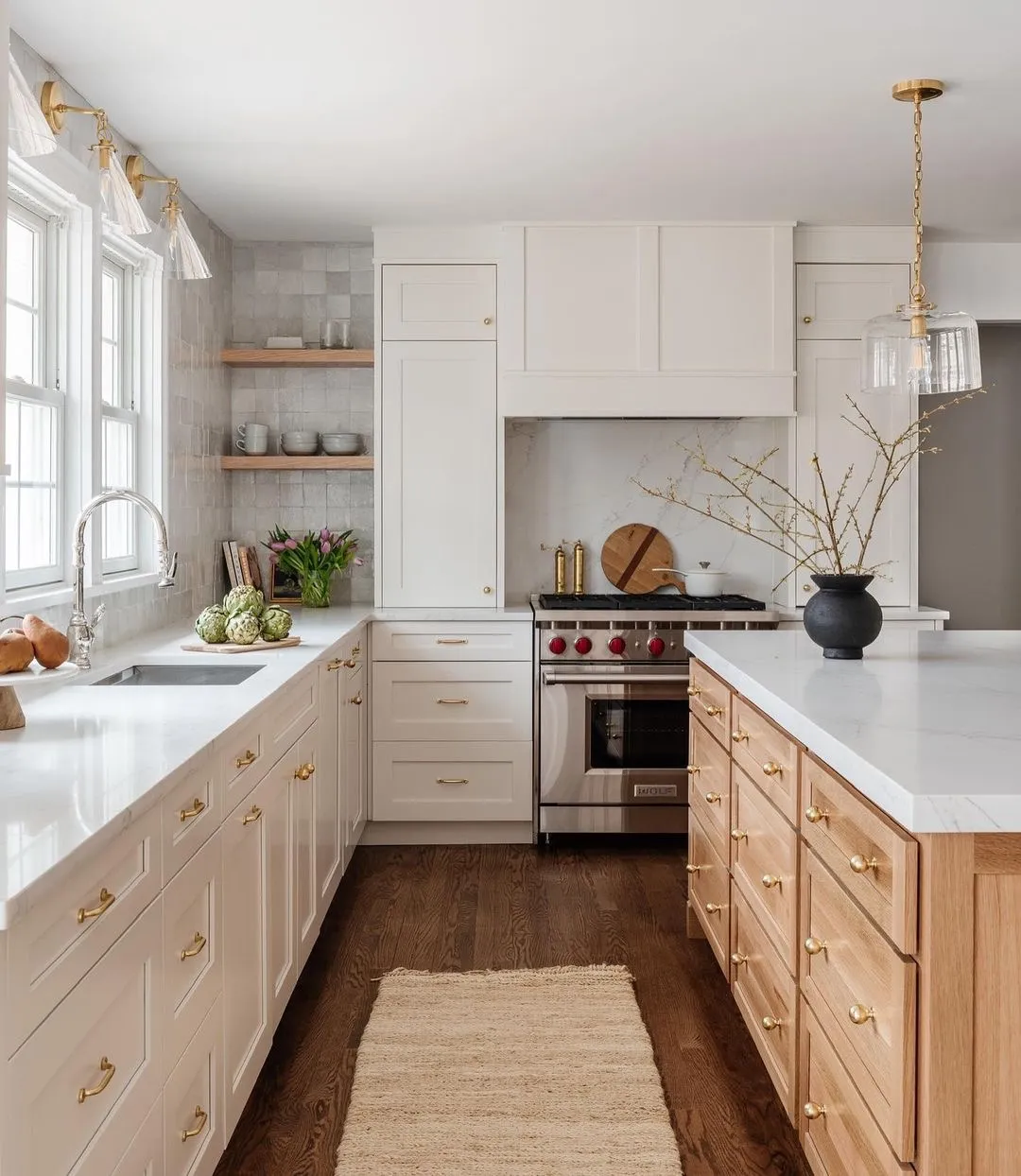
Choosing the right flooring for your kitchen is essential for both aesthetics and functionality. Kitchen floors must withstand heavy foot traffic, spills, and moisture. Popular flooring options include hardwood, tile, laminate, and vinyl. Hardwood offers warmth and elegance, but requires careful maintenance. Tile, such as ceramic or porcelain, is durable and water-resistant, with a wide range of styles and patterns. Laminate provides a cost-effective alternative to hardwood, while vinyl is waterproof and easy to clean. Consider your lifestyle, budget, and design preferences when selecting your flooring. Ensure the flooring is durable, water-resistant, and easy to clean to withstand the rigors of a kitchen environment. Ensure that the flooring complements your overall design style.
Picking the Perfect Cabinets
Cabinets play a central role in the kitchen’s overall design, providing storage and significantly impacting the room’s aesthetics. Consider the style, material, and finish of your cabinets. Options include framed, frameless, and inset cabinets, each offering a different look and feel. Popular materials include wood, MDF (medium-density fiberboard), and laminate. Choose a cabinet style and finish that complements your overall design. Consider the layout of your kitchen and how you plan to use the cabinets. Ensure the cabinets provide ample storage space and offer convenient access to your kitchen essentials. This includes considering the ergonomics and accessibility needs of the users. The right cabinets will blend functionality with style.
Incorporating Decor Elements
Incorporating decor elements is the final touch that personalizes your kitchen and adds personality. This includes selecting lighting fixtures, choosing a color scheme, and adding accessories. Choose lighting fixtures that provide both task and ambient lighting, such as pendant lights over the island and under-cabinet lighting. Select a color scheme that complements your design style and enhances the overall atmosphere. Add accessories like decorative bowls, vases, and artwork to inject personality. Small details, such as cabinet hardware, window treatments, and decorative backsplashes, can make a significant difference. The right decor elements will create a cohesive and inviting space.
Lighting and Fixtures
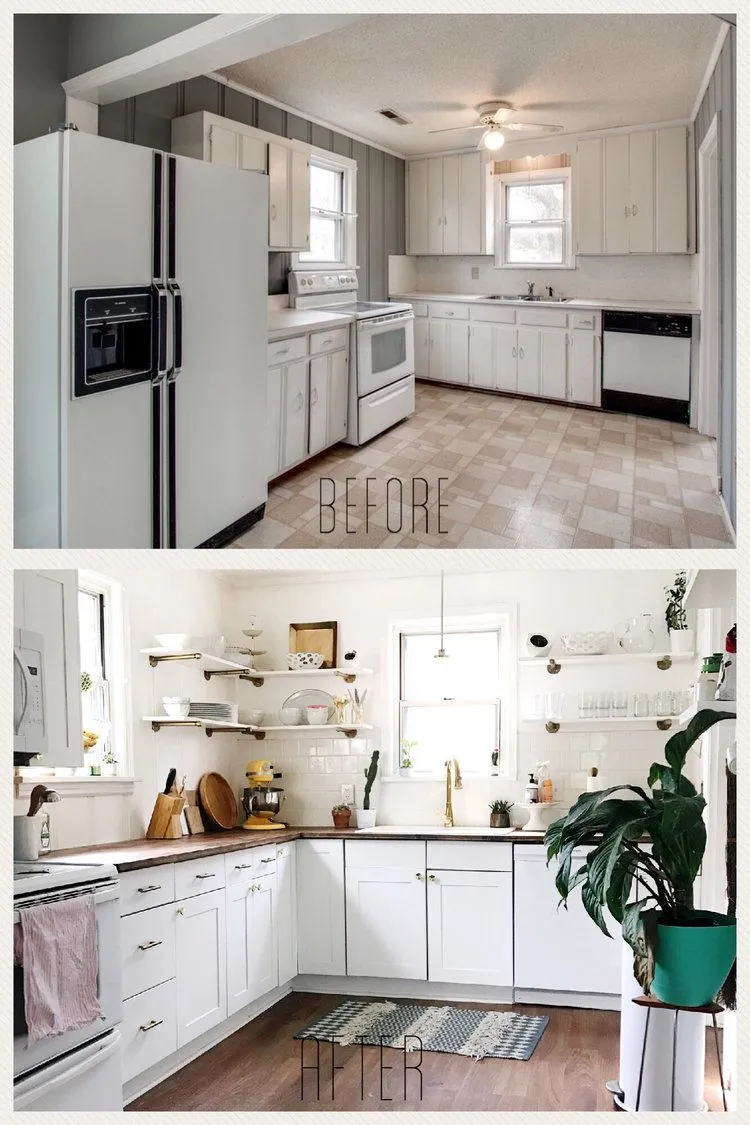
Lighting and fixtures are essential for both functionality and aesthetics in your kitchen decor transformation. Plan for different types of lighting to create the right ambiance and illumination. This includes task lighting for workspaces, such as under-cabinet lights and pendant lights over the island; ambient lighting to provide overall illumination, such as recessed lights or a statement chandelier; and accent lighting to highlight decorative features. Choose fixtures that complement your design style and enhance the kitchen’s overall appearance. Consider the placement of light fixtures to ensure adequate illumination for all areas of the kitchen. The right lighting can dramatically transform the look and feel of your kitchen.
Color Schemes and Paint
The color scheme and paint choices in your kitchen significantly impact the overall ambiance and design. Select colors that align with your personal style and the overall design of your home. Consider the size and natural light in your kitchen when choosing paint colors. Lighter colors can make a small kitchen feel more spacious, while darker colors can create a cozy and inviting atmosphere. Experiment with color palettes, such as monochromatic schemes or contrasting colors, to achieve your desired look. Choose paint finishes that are durable and easy to clean, such as satin or semi-gloss, as kitchens are prone to spills and splatters. Consider using accent colors on walls, cabinets, or decorative features to add visual interest and personality.
Accessories and Finishing Touches
Accessories and finishing touches are the final elements that complete your kitchen transformation, adding personality and functionality. This includes selecting decorative items like bowls, vases, and artwork, choosing cabinet hardware, and adding window treatments. The right accessories will create a cohesive and inviting space. Focus on details, such as the hardware on your cabinets, which can significantly impact the look and feel of your kitchen. Consider adding window treatments, such as blinds, shades, or curtains, to provide privacy and control light. Incorporate decorative items that reflect your personality and enhance the overall design. By choosing accessories that complement your chosen style and color scheme, you can create a kitchen that is both beautiful and functional.
Budgeting for Your Kitchen Makeover
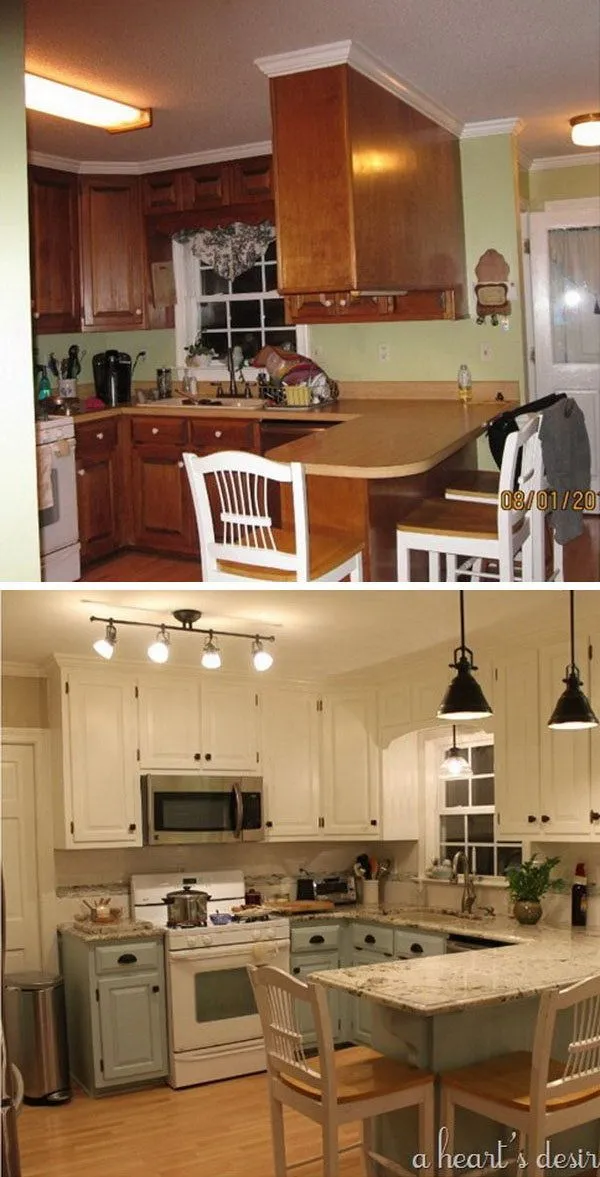
Budgeting is a critical aspect of your kitchen decor transformation, helping you manage costs and stay on track. Create a detailed budget that includes all potential expenses, such as materials, labor, appliances, and permits. Research the cost of various items, comparing prices from different suppliers and contractors. Allocate a contingency fund to cover unexpected costs or changes. Prioritize your spending based on your needs and goals, focusing on the most essential elements first. Consider DIY projects to save money, but be realistic about your skills and time commitment. Having a clear budget will help you make informed decisions and prevent overspending during your kitchen transformation.
Setting a Realistic Budget
Setting a realistic budget is essential for a successful kitchen decor transformation. Research the average costs of materials, labor, and appliances in your area. Obtain multiple quotes from contractors to compare prices and services. Consider the scope of your project, from minor updates to a complete renovation. Factor in the cost of permits, which can vary depending on your location and the extent of the work. Include a contingency fund, typically 10-20% of your total budget, to cover unexpected expenses. Be prepared to make compromises and adjust your plans based on your budget constraints. Setting a realistic budget helps you avoid financial stress and ensures that your project stays on track.
Tracking Your Expenses
Tracking your expenses throughout the kitchen decor transformation process is essential for staying within your budget and managing your finances. Keep detailed records of all costs, including materials, labor, and other expenses. Use a spreadsheet or budgeting app to monitor your spending and compare it to your original budget. Regularly review your expenses and identify any areas where you might be overspending. Be proactive in addressing any cost overruns, such as by finding alternative materials or negotiating with contractors. Tracking your expenses ensures that you have a clear overview of your project’s financial status and can make informed decisions to stay on track. Make adjustments as needed.
The Kitchen Decor Ideas Transformation Process
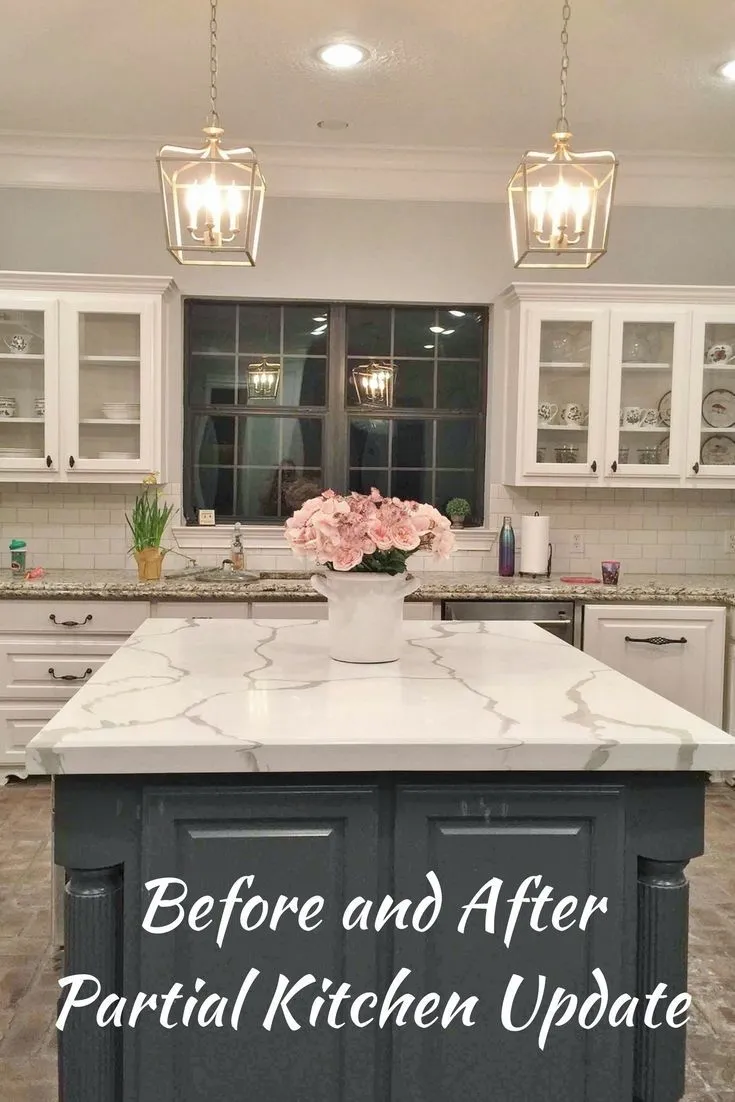
The kitchen decor transformation process involves a series of steps, from planning and preparation to demolition, construction, and finishing touches. The actual process of renovating a kitchen can be complex and time-consuming, but it’s important to understand the key stages involved. Start by preparing the work area, protecting existing structures and utilities. Then, the old kitchen is demolished, which is followed by construction and installation of new features. This includes installing new cabinets, countertops, appliances, flooring, and lighting. The finishing touches include painting, installing hardware, and adding accessories. Proper planning and efficient execution are key to a successful kitchen transformation. Communication with contractors and regular progress checks are crucial to ensure that everything goes according to plan.
Demolition and Preparation
Demolition and preparation are crucial initial steps in the kitchen decor transformation process. This involves removing existing cabinets, appliances, countertops, and flooring. Before demolition, protect the surrounding areas by covering floors, walls, and furniture with drop cloths or plastic sheeting. Disconnect and remove any electrical or plumbing fixtures. Demolition can be messy, so have a plan for removing and disposing of debris. Once the demolition is complete, prepare the space for the new construction. This might include making structural repairs, leveling floors, and ensuring that electrical and plumbing systems are up to code. Careful demolition and preparation ensure a clean and safe work environment.
Installation and Construction
After demolition and preparation, the installation and construction phase begins. This involves installing new cabinets, countertops, appliances, flooring, and lighting fixtures. This step demands precision and expertise. Cabinets should be installed level and plumb, ensuring a perfect fit. Countertops must be carefully measured and installed. Appliances must be connected correctly to utilities. The flooring must be installed according to the manufacturer’s instructions, and lighting fixtures must be properly wired. This stage requires a high degree of skill and attention to detail. Consult with professionals when needed. Regular inspections are vital to ensure that the work is progressing smoothly and according to plan.
Finishing Touches and Styling
The finishing touches and styling are the final steps in the kitchen decor transformation, where you personalize the space and complete the look. This includes painting walls, installing cabinet hardware, adding accessories, and styling the countertops and shelves. Paint the walls to complement the cabinet colors and overall design style. Install hardware on cabinets and drawers. Choose accessories, such as decorative bowls, vases, and artwork, to add personality and visual interest. Style your countertops and shelves with cookbooks, utensils, and other items. It is during this phase the kitchen really comes to life. These details will transform your kitchen from a construction zone to a warm and inviting space.
Documenting the Before and After
Documenting the before and after of your kitchen decor transformation allows you to track your progress and share your success. This involves taking photos, keeping a journal, and creating a visual record of each stage of the project. Take photos of your kitchen before the renovation, documenting the existing layout, condition, and design elements. Take photos throughout the renovation process, capturing the demolition, construction, and installation phases. Create a journal to record your thoughts, experiences, and challenges. Documenting your transformation will provide a valuable record of your hard work and the impressive changes you have made, as well as help to inspire others.
Taking Before and After Photos
Taking before and after photos is a crucial part of documenting your kitchen decor transformation. These photos provide a visual record of the transformation and allow you to showcase your achievements. Before starting the renovation, take detailed photos of your kitchen from various angles. Capture the existing layout, condition, and design elements, ensuring good lighting and composition. As the renovation progresses, take photos at each key stage, such as demolition, construction, and installation. When the renovation is complete, take another set of photos, showcasing the new design. Make sure to use the same angles and lighting to create a clear comparison. These photos can be shared on social media, included in a portfolio, and used to inspire others.
Sharing Your Transformation
Sharing your kitchen decor transformation with others is a rewarding way to celebrate your achievement and inspire others. Share your photos and experiences on social media platforms like Instagram, Pinterest, and Facebook. Create a blog or website to document your journey in detail, sharing tips, advice, and before-and-after photos. Consider submitting your project to home design magazines or websites. Sharing your transformation can also help you connect with other homeowners and designers. This also creates a positive experience for your peers. Showcasing your project allows you to inspire others and celebrate your accomplishment.
Common Kitchen Decor Mistakes
Avoid these common kitchen decor mistakes to ensure your transformation is successful. These mistakes can lead to costly errors and design flaws. Understanding these common pitfalls will help you navigate the renovation process more effectively, ensuring your kitchen transformation is a success.
Overspending on Non-Essentials
One of the most common mistakes in kitchen decor is overspending on non-essential items. It’s easy to get carried away with the latest trends or luxurious finishes. However, it’s important to prioritize your spending and focus on the essentials, such as quality cabinets, countertops, and appliances. Before making major purchases, assess whether they are truly necessary or if they are simply adding to the overall cost. Stick to your budget, and consider less expensive alternatives if needed. Focus on the items that will have the biggest impact on the functionality and appearance of your kitchen. It’s important to create a functional and beautiful kitchen without breaking the bank.
Neglecting Functionality
Another common mistake is neglecting the functionality of your kitchen in favor of aesthetics. A beautiful kitchen is useless if it doesn’t meet your practical needs. Prioritize the layout, workflow, and storage solutions when planning your renovation. Ensure that the design accommodates your cooking habits and lifestyle. Consider the placement of appliances, the accessibility of cabinets, and the amount of counter space available. A well-designed kitchen should be easy to use, efficient, and comfortable. A functional kitchen will streamline your daily tasks and make cooking a pleasure.
Ignoring the Layout
Ignoring the existing layout of your kitchen is a significant mistake. A poorly designed layout can make your kitchen feel cramped and inefficient. Consider the work triangle, which involves the placement of the sink, stove, and refrigerator. The work triangle should be balanced for easy movement. Ensure the layout provides ample counter space, storage, and easy access to essential items. If your current layout isn’t working, consider making changes. Consult with a kitchen designer. Proper planning and layout are essential for a functional and enjoyable kitchen.
Conclusion
Transforming your kitchen can be a rewarding experience, significantly improving the functionality, aesthetics, and value of your home. From assessing your current kitchen to gathering inspiration, planning, and executing the renovation, each step requires careful consideration. By understanding different design styles, choosing the right materials, budgeting wisely, and avoiding common mistakes, you can create a kitchen that meets your needs and reflects your personal style. Remember to document your journey, share your success, and enjoy the process. With thoughtful planning and a commitment to your vision, you can achieve a stunning kitchen transformation that will bring joy for years to come.
